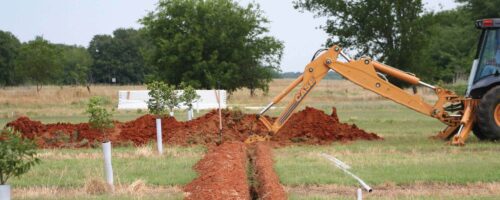Category: Silvopasture
Categories
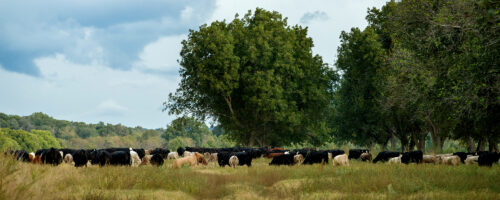
Getting Started With Silvopasture Using Soil Health Principles
Estimated reading time: 6 minutes
Integrating trees such as a pecan orchard with your grazing system adds biomass to soil, shade for livest...
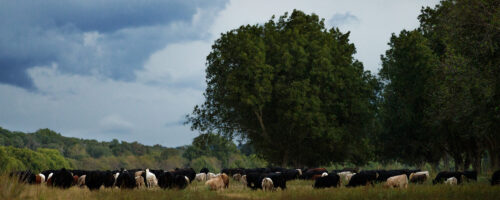
The Silvopasture Approach to Regenerative Agriculture
Estimated reading time: 5 minutes
Integrating trees, forages and livestock with a silvopasture system can boost income and soil health whil...
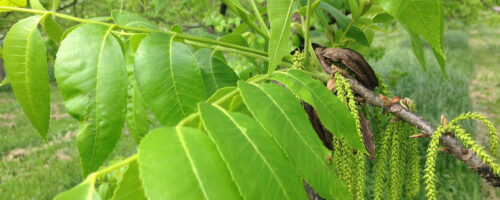
It Takes Two (or More): Understanding Pecan Tree Dichogamy
Estimated reading time: 6 minutes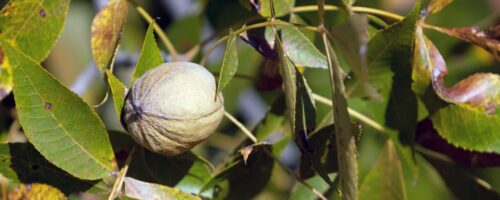
How to Recognize Grafted and Native Pecan Trees for Best Management of Your Orchard
Estimated reading time: 5 minutes
Management needs differ among pecan cultivars. Management between natives and improved pecans can differ...
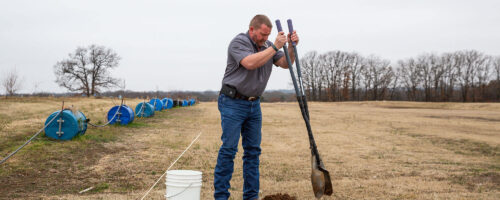
How to Do a Perc Soil Test for Fruit and Pecan Production
Estimated reading time: 4 minutes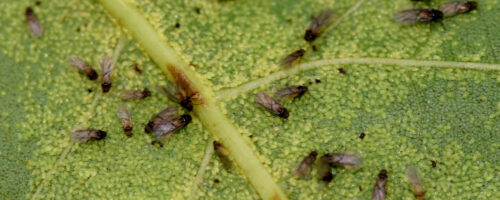
How to Identify and Control Pecan Phylloxera
Estimated reading time: 3 minutes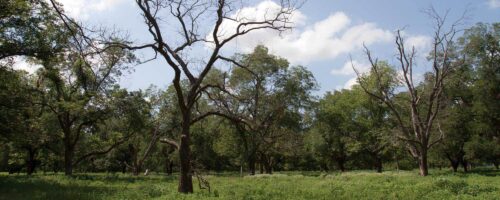
Drought Stress on Pecan Trees
Estimated reading time: 3 minutes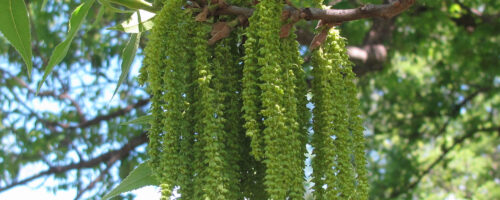
Cross pollination is essential for pecan production
Estimated reading time: 2 minutes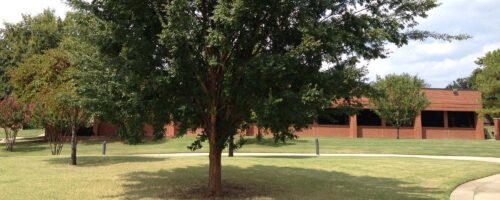
Formula provides basis for tree appraisal
Estimated reading time: 4 minutes
In order to receive financial compensation for the loss of a tree, a value needs to be established.
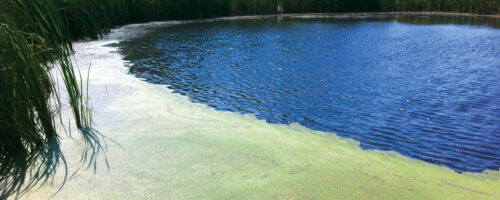
Using Surface Water for Drip Irrigation
Estimated reading time: 4 minutes